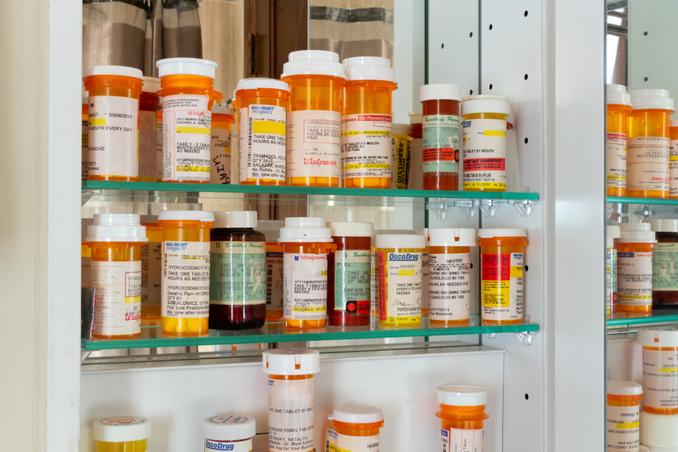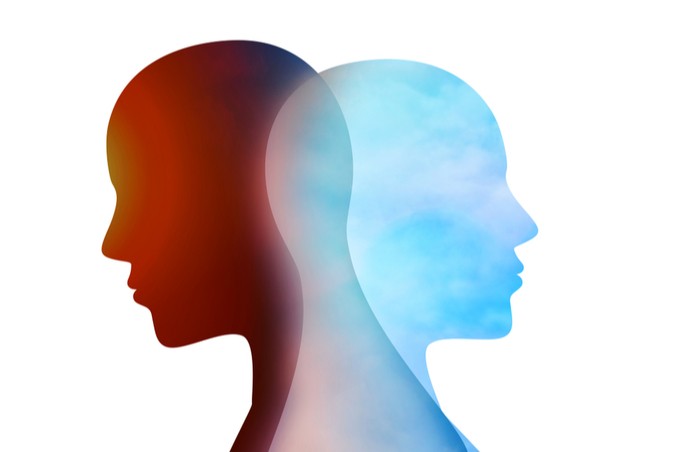Making Opiate Withdrawals as Tolerable as Possible
If you or someone you love is dependent on opioids, you may be experiencing opioid withdrawal symptoms. This can be a confusing, difficult, and frightening time. You most likely have no idea where to turn, or how to find opioid withdrawal treatment. The truth is, managing opioid withdrawal symptoms is difficult, which is why we’ve written this article on safe withdrawal from opiates.
By understanding how opioids affect the brain and partnering with the right treatment center, you will be able to mitigate the risks of opiate withdrawal.
It is essential to learn the signs of opioid withdrawal, the typical timeline for withdrawal from opiates, and your options for treatment.

Opioid Withdrawal Symptoms
Regardless of the type of opioid used the signs of withdrawal are similar for all opioids. These symptoms of withdrawal from opiates include:
- Nausea
- Vomiting
- Diarrhea
- Insomnia
- Anxiety
- Increased body temperature
- Racing heart
- Muscle and bone pain
- Sweating
- Chills
- High blood pressure
Length of Opioid Withdrawal
Different opioids cause different lengths of withdrawal, and symptoms of opioid withdrawal sooner than others. In addition to the type of opioid taken, the severity of symptoms, as well as the time of onset and duration of symptoms, the course of withdrawal will be different. This includes the duration of use, the dose taken, and the time between doses.
When it comes to heroin and other short-acting opioids, the opioid withdrawal symptoms can typically be seen within the first 8-12 hours after last use. It will then peak within 1-3 days and continue for up to 7 days.
Short-acting opioids, such as morphine and immediate-release formulations will result in opioid withdrawal symptoms within the first 8 to 24 hours. Some of these medications include oxycodone, hydrocodone, and fentanyl. Withdrawal symptoms can always continue up to at least 10 days.
When it comes to long-acting opioids, such as methadone and extended formulations of the medications, morphine, oxycodone, hydrocodone, and fentanyl, the symptoms of withdrawal from opiates may appear up to 36 hours after last use. These can continue for up to 14 days or more.
Opioids in the Brain
When you take an opioid, you will feel many different effects, such as:
- Drowsiness
- Relaxation
- Slowed breathing
- A rush of pleasure referred to as euphoria
These symptoms occur because opioids attach to different receptors in parts of the brain. These lead to either relief or feelings of pleasure. Then, dopamine, the chemical in the brain that provides reward circuits is sent into overdrive to the brain. This release of dopamine is associated with producing pleasure, which leads to drug addiction.

Prescription Opioids
When prescribed by a physician, opioids can aid in pain relief. Despite this, regardless of whether it is prescribed or not, taking an opioid over a long period of time can lead to tolerance and dependence. As you build a tolerance to opioids, you will develop tolerance. Tolerance means that you need a larger dose to get the same sensations as you did before, requiring you to take more drugs to get the same effect.
Eventually, you will always become physically dependent on opioids. When this occurs, you will experience opioid withdrawal symptoms whenever you attempt to reduce your use or stop taking the drugs. Thus, this begins a cycle of attempting to stop opiates, suffering painful symptoms of withdrawal, and continuing the use again.
Opioids can also be simply dangerous or deadly if you take too much, causing an overdose. An extreme overdose may include drowsiness, nausea, extreme euphoria, and slowed breathing.
Opioid Withdrawal Symptoms and Detox
Opioid withdrawal symptoms can be intensely uncomfortable, and some situations can even be dangerous. When these life-threatening symptoms can be helped by going through medical detox. Because the opioid withdrawal timeline varies from a few days to a few weeks, depending on the type of opioid that was used, you may need a medically managed withdrawal instead.
Medically managed withdrawal, also known as detoxification, or medical detox, can help you make it through safely and comfortably. Often the best option for opioid detox is tapering. Tapering is when you gradually reduce your dose over time until you are no longer taking it.
Medically Supervised Opioid Detox
Oftentimes, tapering occurs and is then maintained on an opioid maintenance drug. This includes buprenorphine and is one option that is only available if you go through a medically assisted detox. A methadone clinic may not require full detox, but is often very restrictive in dispensing and methadone can form a lasting habit even harder to break than heroin or fentanyl.
If you undergo medical detox, then you will be under the supervision of a physician. During this time you will also have the benefit of 24/7 oversight and emotional support. You will be surrounded by medical staff throughout the day and night, and be provided with other ancillary medications as well if needed. This might include such as Clonidine for anxiety or Loperamide for diarrhea.

Medication-Assisted Treatment
Medication-assisted treatment is also helpful to control your cravings. Using both buprenorphine and methadone will be used to alleviate symptoms of opioid withdrawal and control cravings.
- Buprenorphine: Used to help taper off of an opioid.
- Methadone: Prescribed long-term to help keep cravings under control
These are both helpful to maintain abstinence from other illicit or prescription opioids, and reduce the risk of overdose.
It is essential to remember that detox from opioids and being prescribed a medication, to help treat opioid use disorder, is only a first step on the path to recovery. Not only do you need to think about medication, but counseling and therapy as essential elements as well.
Why Opioid Withdrawal Symptoms May Be Worse For You
There are a variety of reasons why your opioid withdrawal symptoms may be worse for you than for someone else.
This might include the following:
- Length of time using the substance
- Which substance is being abused
- The method of abuse, such as snorting, smoking, injecting, or swallowing
- The amount taken each time
- Family history and genetic makeup
- Medical and mental health history

Co-Occurring Mental Illness and Opioid Withdrawal Symptoms
Research indicates that people with mental, personality, and substance use disorders are all at an increased risk for abusing prescription opioids.
Each person who goes through an opioid detox and treatment will have a different treatment program. If you are struggling with a co-occurring disorder, then you will need to obtain specialized dual diagnosis care.
Dual diagnosis treatment will offer the best alternatives to help with your disorder and ensure you achieve long-term success in your sobriety.
You must find a caring and knowledgeable staff that can provide you with supervised medical detox as well as the mental health counseling, therapy, and aftercare you need. Otherwise, you will not be able to find long-term abstinence from opioids.
Get Help with Opioid Withdrawals Now!
Whether you are going through withdrawal now, or you plan to be, most people experience opioid withdrawal for a few days.
Despite this, you may notice that it takes several weeks. This is based on many different factors, including the type of opioids you have been using, whether or not you used other drugs, and how long.
At Find Addiction Rehabs we offer the ability to find a treatment center that can offer you an individualized treatment plan.
Opioid withdrawal symptoms are often highly uncomfortable and can be difficult to manage without help. Your treatment program should fit your individual needs. Contact us to learn more about how to choose the right treatment program for you.

